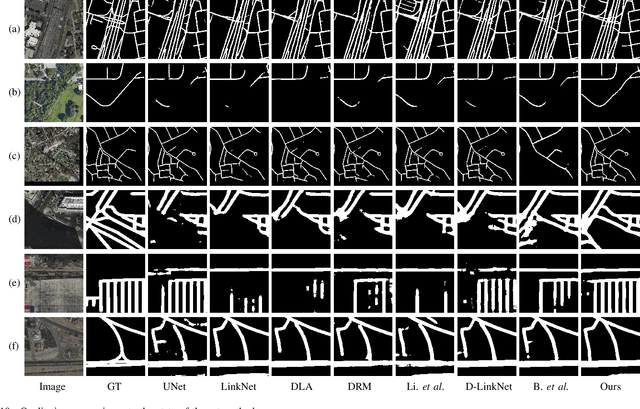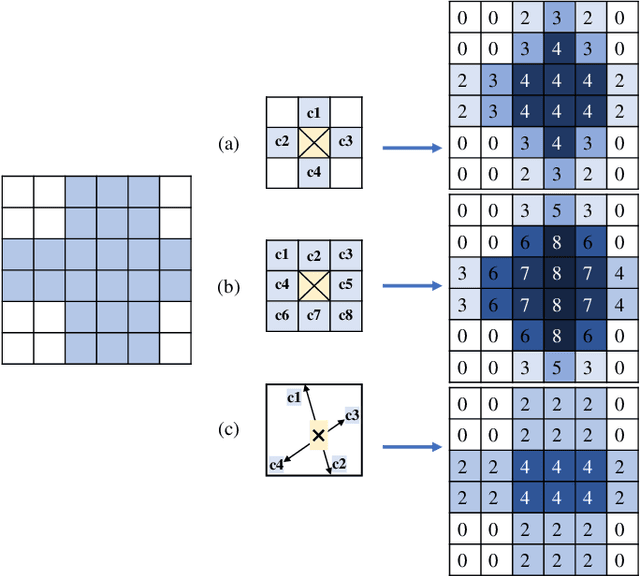Yijia Xu
Knowledge-guided machine learning model with soil moisture for corn yield prediction under drought conditions
Mar 20, 2025Abstract:Remote sensing (RS) techniques, by enabling non-contact acquisition of extensive ground observations, have become a valuable tool for corn yield prediction. Traditional process-based (PB) models are limited by fixed input features and struggle to incorporate large volumes of RS data. In contrast, machine learning (ML) models are often criticized for being ``black boxes'' with limited interpretability. To address these limitations, we used Knowledge-Guided Machine Learning (KGML), which combined the strengths of both approaches and fully used RS data. However, previous KGML methods overlooked the crucial role of soil moisture in plant growth. To bridge this gap, we proposed the Knowledge-Guided Machine Learning with Soil Moisture (KGML-SM) framework, using soil moisture as an intermediate variable to emphasize its key role in plant development. Additionally, based on the prior knowledge that the model may overestimate under drought conditions, we designed a drought-aware loss function that penalizes predicted yield in drought-affected areas. Our experiments showed that the KGML-SM model outperformed other ML models. Finally, we explored the relationships between drought, soil moisture, and corn yield prediction, assessing the importance of various features and analyzing how soil moisture impacts corn yield predictions across different regions and time periods.
Direction-Aware Diagonal Autoregressive Image Generation
Mar 14, 2025Abstract:The raster-ordered image token sequence exhibits a significant Euclidean distance between index-adjacent tokens at line breaks, making it unsuitable for autoregressive generation. To address this issue, this paper proposes Direction-Aware Diagonal Autoregressive Image Generation (DAR) method, which generates image tokens following a diagonal scanning order. The proposed diagonal scanning order ensures that tokens with adjacent indices remain in close proximity while enabling causal attention to gather information from a broader range of directions. Additionally, two direction-aware modules: 4D-RoPE and direction embeddings are introduced, enhancing the model's capability to handle frequent changes in generation direction. To leverage the representational capacity of the image tokenizer, we use its codebook as the image token embeddings. We propose models of varying scales, ranging from 485M to 2.0B. On the 256$\times$256 ImageNet benchmark, our DAR-XL (2.0B) outperforms all previous autoregressive image generators, achieving a state-of-the-art FID score of 1.37.
Fine-Grained Extraction of Road Networks via Joint Learning of Connectivity and Segmentation
Dec 07, 2023



Abstract:Road network extraction from satellite images is widely applicated in intelligent traffic management and autonomous driving fields. The high-resolution remote sensing images contain complex road areas and distracted background, which make it a challenge for road extraction. In this study, we present a stacked multitask network for end-to-end segmenting roads while preserving connectivity correctness. In the network, a global-aware module is introduced to enhance pixel-level road feature representation and eliminate background distraction from overhead images; a road-direction-related connectivity task is added to ensure that the network preserves the graph-level relationships of the road segments. We also develop a stacked multihead structure to jointly learn and effectively utilize the mutual information between connectivity learning and segmentation learning. We evaluate the performance of the proposed network on three public remote sensing datasets. The experimental results demonstrate that the network outperforms the state-of-the-art methods in terms of road segmentation accuracy and connectivity maintenance.
 Add to Chrome
Add to Chrome Add to Firefox
Add to Firefox Add to Edge
Add to Edge